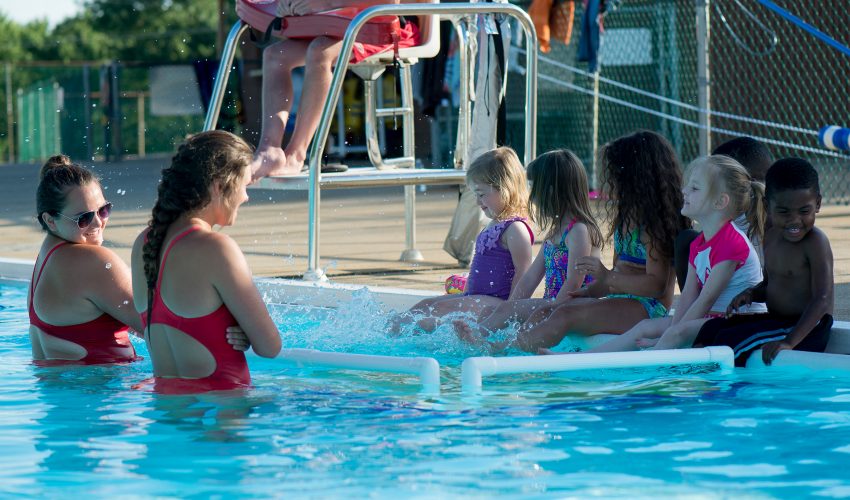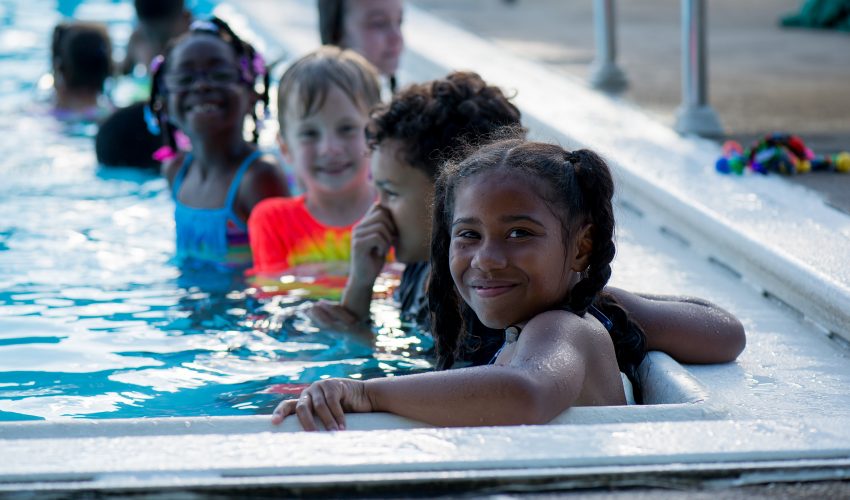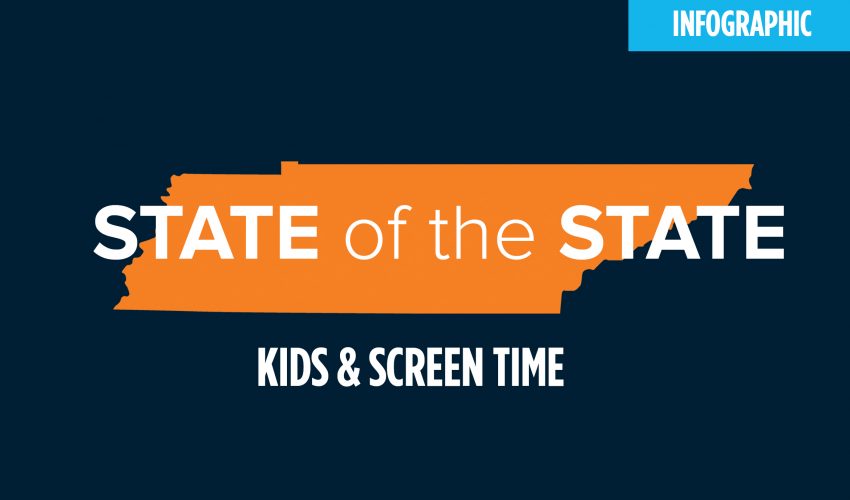She was lying at the bottom of the pool.
That’s the image Steve Reeves sees when he remembers the day his 4-year-old daughter nearly drowned.
The Reeves were lucky — Steve acted fast. He jumped in, swam to the bottom, pulled his daughter out and she was revived. But every day for 10 people in the U.S., similar circumstances prove fatal.
And for every child who dies from drowning, five who nearly drown require emergency care.
Half of those will suffer after-effects (memory problems, learning disabilities, pneumonia) due to brain damage.
“Juvenile drowning is a big problem, even for survivors,” Reeves says. “There are lots of kids in hospitals who will never be the same. Most are low-income or minority children because they don’t have access to lessons.
“We believe just as every child should know how to read, every child should know how to swim because it could save their lives.”

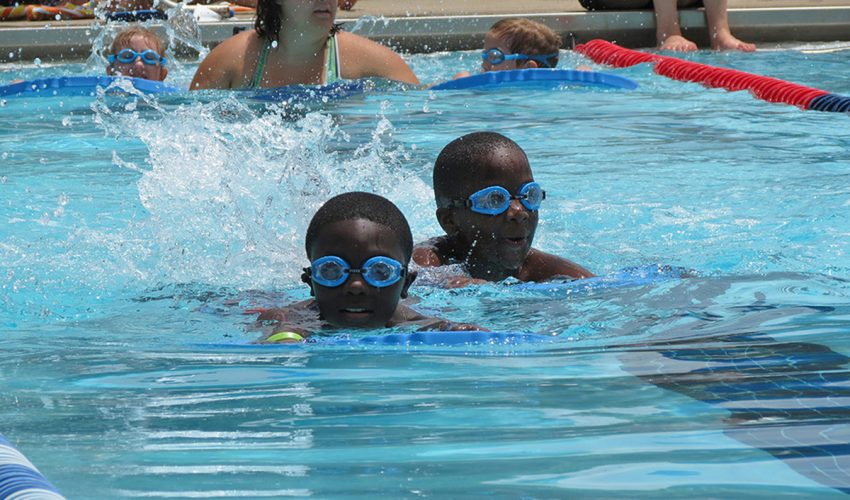
If you teach a child to swim
So Reeves and his wife, Stacy, founded Howard’s Hope, a nonprofit that offers economically disadvantaged youth free water safety and survival training through its Flying Fish program. Howard’s Hope and partners like BlueCross provide funding to local swim instructors, and lessons are given based on need. The first Flying Fish lessons took place in Murfreesboro, but the program quickly expanded to Nashville, Memphis, Chattanooga and Shelbyville.
“We get great participation from the aquatic directors because this need is real for them,” Reeves says. “Kids get dropped off at the pool while Mom and Dad are at work, especially in the summer, and the lifeguards can tell that these kids don’t know how to swim.”
“In fact, some lifeguards estimate half of the kids at the pool on a given day can’t swim at all.”
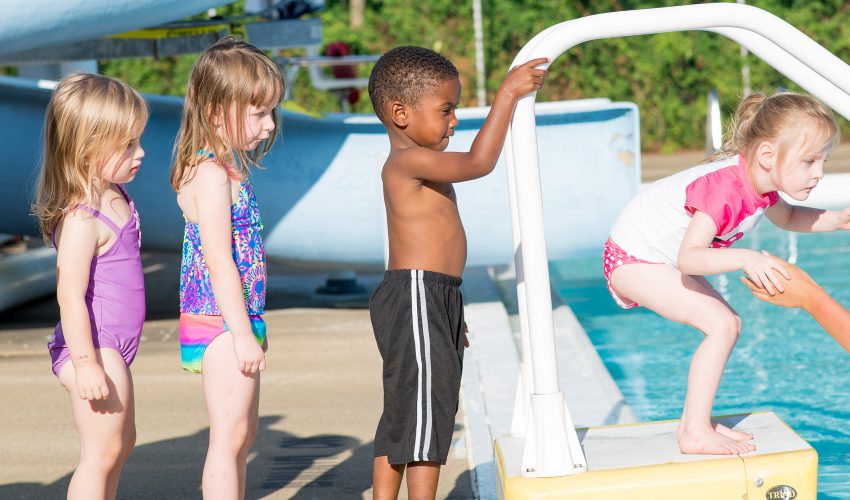
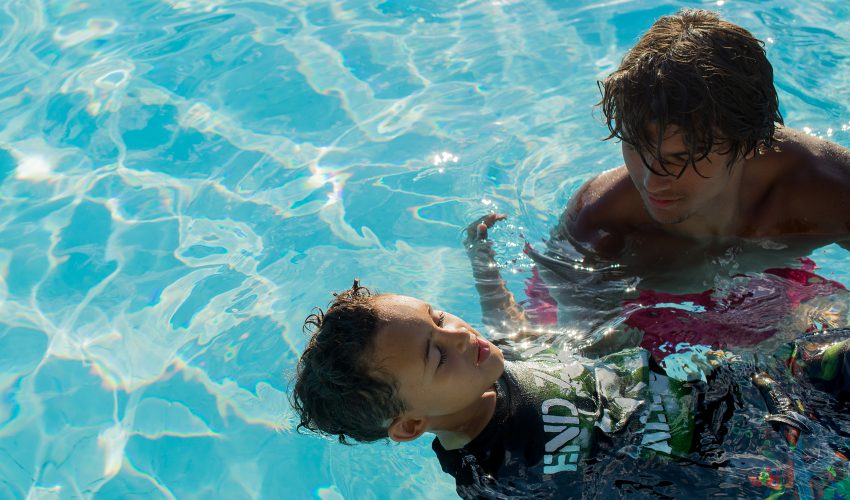
Cost is a big reason.
Swim lessons can run hundreds of dollars, especially for families with multiple kids. To many, the price of lessons means having groceries for a week or not.
Generational factors also come into play. Reeves says one of the biggest reasons children don’t learn and enjoy aquatic sports is that they don’t see their parents doing it.
“If I find a little boy or girl who doesn’t know how to swim, the vast majority of the time Mom and Dad don’t know how to swim either,” he says, “so that fear of water is transferred. We want to break that cycle. There’s no way to guarantee kids won’t come in contact with water, so if we can teach them to get to the side and get out, we’re good.”
Howard’s Hope focuses on the basics (no butterfly stroke here), and 95 percent of kids finish the program exceeding the Red Cross’s Level I swim skills, meaning they can comfortably enjoy water safely.
Since its launch in 2015, more than 300 children have completed the Flying Fish program. Seven hundred more are scheduled to do so in 2017.
Reeves hopes one day to expand the program to teach parents CPR while children learn to swim, but right now he’s happy to give them peace of mind.
“I hear all the time ‘I can sleep better now that my child knows how to swim,’ and boy, is that something I understand,” he says. “My thought process is always if we can give people the skills to save their lives or someone else’s, why wouldn’t we?”
